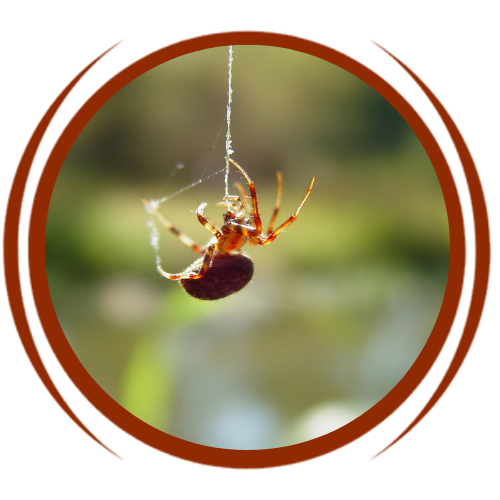
Spider Control

Spider Control
For some, the very mention of the hairy little creatures sends a shiver down their spines. For others, they are just annoying nuisances found around the house that can be dealt with using a quick smack or the bottom of a shoe. Most people would argue that we are better off without them, but scientists would say they do good for us by controlling the insect population. Whichever group you fall in, the truth is that these arachnids are a part of our lives, whether we want them or not. We have a superhero based on them and horror movies about them, and with more than 45,000 known species worldwide, there is a good chance we will come across them regularly.
Arachnids, like spiders, are pretty easy to identify. Unlike insects, their bodies are made up of two parts; they have eight legs, six or eight eyes, and spinnerets on their abdomens, which produce silk to make webs. They also have a pretty extensive range when it comes to size. According to National Geographic, they range from the tiny Samoan Moss, which is .011-inch-long, to the massive Goliath Birdeater, a tarantula with a leg span of almost afoot.
If you are someone that has arachnophobia, or a fear of spiders, don't be embarrassed. Do not take it lightly if you see them around your home. Some species can be dangerous to humans, particularly the Black Widow and the Brown Recluse, both found in the United States, Because the Black Widow's venom affects the nervous system, and the Brown Recluse's bite forms a "bull's-eye" lesion which can be necrotic, a bite from either of these species can be severe.
What makes spiders even more intimidating is their ability to camouflage and their different hunting methods. Many species blend in with their surroundings by using coloration, patterning, or structural features. Interestingly, some can look or act like other invertebrates like ants, termites, and wasps. This ability to disguise themselves makes spiders even better predators. With so many hunting styles, it is no surprise that people are afraid of them. The Crab Spider, for example, is a sit-and-wait predator that can usually be found on flowers with its long front legs held out, crablike, to capture insects visiting the plant. On the other hand, Wolf Spiders are brown and furry and can be seen running through vegetation hunting their prey. Some species stalk and pounce, while others hunt for smaller insects below stones and flowerpots.
If you have seen spiders around your home or business or dealing with other nuisance bugs, Pest Patrol can help. We are a local pest control company that offers professional services at affordable rates. You can trust us when we say we will get the job done right.
Contact us today for an estimate.
All Rights Reserved | Pest Patrol